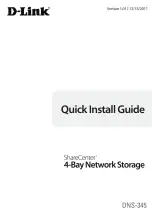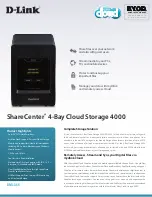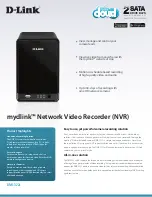
Architecture
873
SPRUH82C – April 2013 – Revised September 2016
Copyright © 2013–2016, Texas Instruments Incorporated
External Memory Interface A (EMIFA)
19.2.13 System Considerations
This section describes various system considerations to keep in mind when operating the EMIFA.
19.2.13.1 Asynchronous Request Times
In a system that interfaces to both SDRAM and asynchronous memory, the asynchronous requests must
not take longer than the smaller of the following two values:
•
t
RAS
(typically 120
μ
s) - to avoid violating the maximum time allowed between issuing an ACTV and
PRE command to the SDRAM.
•
t
Refresh Rate
× 11 (typically 15.7
μ
s × 11 = 172.7
μ
s) - to avoid refresh violations on the SDRAM.
The length of an asynchronous request is controlled by multiple factors, the primary factor being the
number of access cycles required to complete the request. For example, an asynchronous request for
4 bytes will require four access cycles using an 8-bit data bus and only two access cycle using a 16-bit
data bus. The maximum request size that the EMIFA can be sent is 16 words, therefore the maximum
number of access cycles per memory request is 64 when the EMIFA is configured with an 8-bit data
bus. The length of the individual access cycles that make up the asynchronous request is determined
by the programmed setup, strobe, hold, and turnaround values, but can also be extended with the
assertion of the EMA_WAIT input signal up to a programmed maximum limit. It is up to the user to
make sure that an entire asynchronous request does not exceed the timing values listed above when
also interfacing to an SDRAM device. This can be done by limiting the asynchronous timing
parameters.
19.2.13.2 Cache Fill Requests
The CPU can run code from either internal or external memory. When running code from external
memory, the CPU's program cache is periodically filled with eight words (32-bytes) through a dedicated
port to the EMIFA. Two system level concerns arise when filling the program cache from the EMIFA.
First, the program cache fills have the possibility of being locked out from accessing the EMIFA by a
stream of higher priority requests. Therefore, care should be taken when issuing persistent requests to the
EMIFA from a source such which is a high priority requester.
Second, requests to the EMIFA from the other sources risk missing their deadlines while a program cache
fill from the EMIFA is in progress. This is because all other EMIFA accesses are held pending while the
program cache is filled. The worst-case scenario that can arise is when a requester submits a request
immediately after a program cache fill request has begun. The system should be analyzed to make sure
that this worst-case request delay is acceptable.
















































